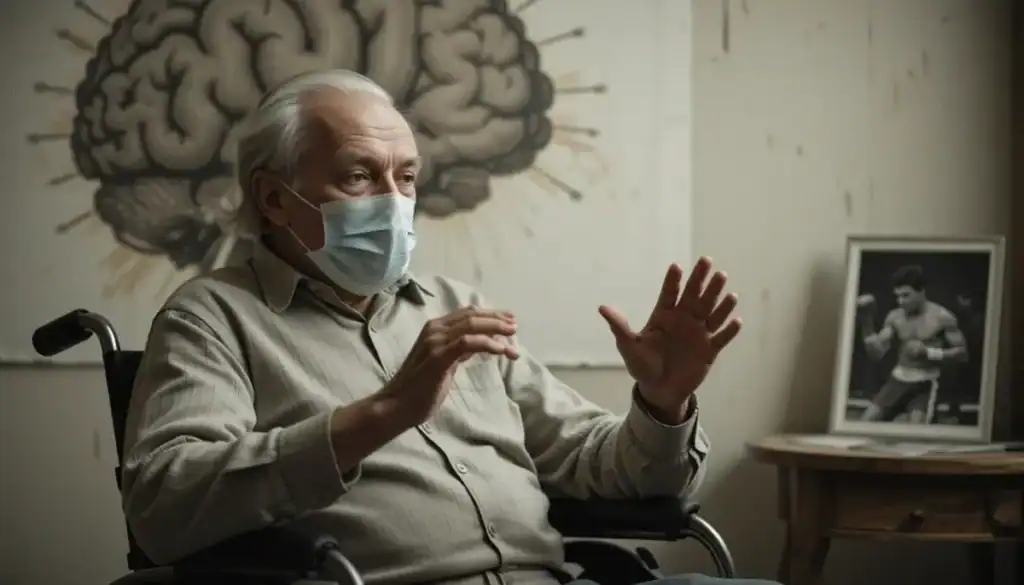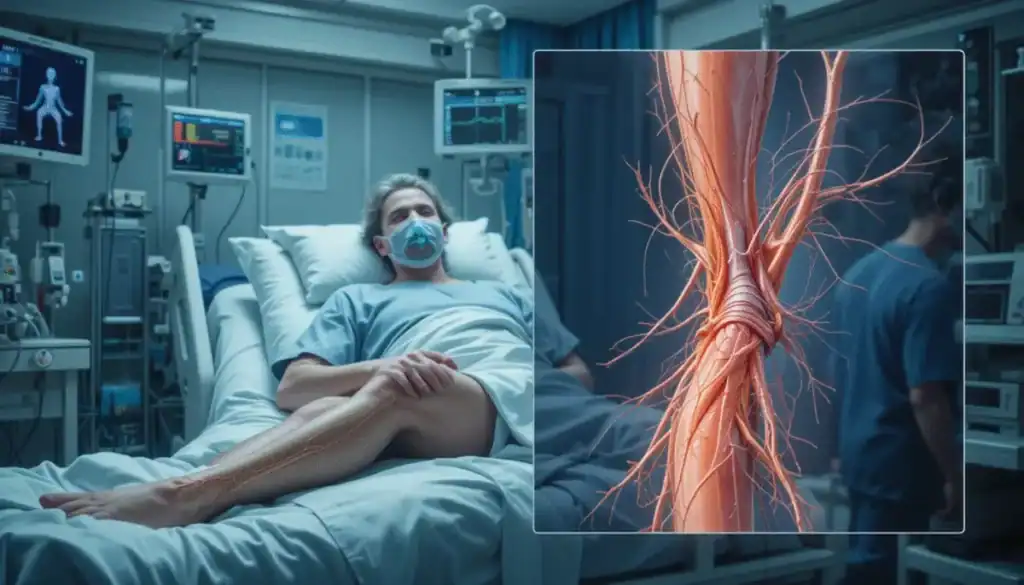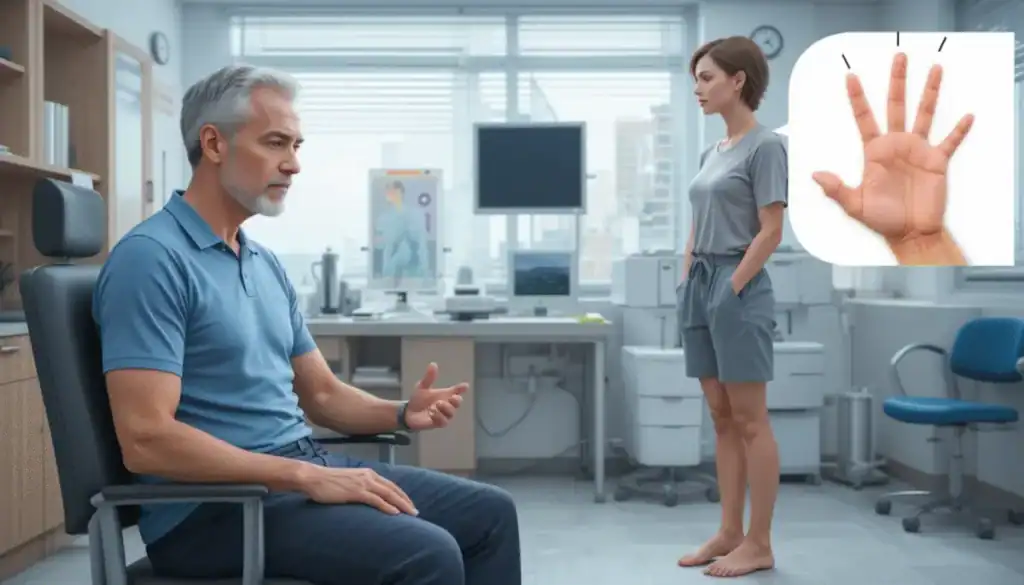Parkinson’s disease is a progressive neurodegenerative disorder that primarily affects movement, often beginning subtly and worsening over time. In this comprehensive post, we will break down its clinical presentation, diagnosis, and evidence-based management—tailored for students, healthcare professionals, and curious learners.
🧠 What is Parkinson’s Disease?
Parkinson’s disease is caused by the progressive depletion of dopaminergic neurons in the basal ganglia, leading to decreased dopamine in the brain. Since dopamine is vital for smooth, coordinated movement, its deficiency causes a characteristic movement disorder.
- Most common after age 60
- Often idiopathic (unknown cause)
- Can also be due to trauma, drugs (e.g., haloperidol), toxins, or genetic factors (like alpha-synuclein accumulation forming Lewy bodies)
🧬 Causes of Parkinsonism
- Idiopathic Parkinson’s – Most common
- Secondary Parkinsonism – From drugs (haloperidol, metoclopramide), toxins (MPTP), trauma (e.g., repeated head injuries in Muhammad Ali)
- Genetic Forms – Lewy body formation
- Metabolic – Hyper/hypoparathyroidism, manganese toxicity
🩺 Clinical Presentation
Parkinson’s is a slow, progressive disease. In early, pre-clinical stages, patients may have:
- Constipation
- Loss of smell (Anosmia)
- Sleep disturbances & Depression
Classic Triad of Parkinsonism:
- Bradykinesia – Slowness of movement; reduced facial expression (hypomimia), soft speech (hypophonia)
- Resting Tremor – “Pill-rolling” tremor that improves with movement
- Rigidity – Increased muscle tone; either cogwheel (intermittent) or lead-pipe (continuous)
🧍♂️ Gait & Postural Changes
- Shuffling gait: Small, dragging steps with stooped posture
- Postural instability: Easily falls during pull test
- Freezing: Difficulty initiating movement
- Festinating gait: Rapid short steps to regain balance
- Micrographia: Small handwriting
🧪 Diagnosis
There is no definitive test; diagnosis is clinical.
Look for asymmetry of symptoms, response to dopaminergic therapy, and the classic triad.
💊 Treatment Principles
Parkinson’s is not curable but is manageable.
When to start treatment?
- When symptoms interfere with daily life
- Based on patient preference
First-Line Drugs:
- Levodopa + Carbidopa – Most effective
- Dopamine Agonists – Pramipexole, Ropinirole
- MAO-B Inhibitors – Rasagiline, Selegiline
- COMT Inhibitors – Entacapone
Young patients: Delay Levodopa to prevent early motor complications
Older patients: Start with Levodopa due to better response
⚠️ Complications of Therapy
- “Wearing off” phenomenon: Effect of Levodopa fades
- Dyskinesias: Involuntary movements due to excessive dopamine
- Psychosis/Hallucinations: Especially in Parkinson’s dementia patients
🧠 Management: Antipsychotics like Quetiapine, avoid Haloperidol.
🧩 Atypical Parkinsonism
- Shy-Drager Syndrome – Parkinsonism + autonomic failure
- Progressive Supranuclear Palsy (PSP) – Vertical gaze palsy
- Parkinson’s Dementia – Memory loss + hallucinations
🧠 Deep Brain Stimulation (DBS)
Used in advanced cases when medications no longer work effectively. Involves electrical stimulation of the subthalamic nucleus or globus pallidus. Patient remains awake during the surgery.
✅ Summary Checklist
- ❓ Confirm diagnosis & rule out mimics
- 🧬 Check for causes (drugs, toxins, trauma)
- 🧠 Recognize the classic triad (Bradykinesia, Tremor, Rigidity)
- 💊 Treat based on age, severity, and patient preference
- 📈 Manage complications of Levodopa
- 🧠 Consider DBS in refractory cases
🧠 Final Thoughts
Parkinson’s disease affects not just motor ability but overall quality of life. Early recognition and a patient-specific treatment strategy can significantly improve outcomes.
Stay tuned for more high-yield neurology lectures!



